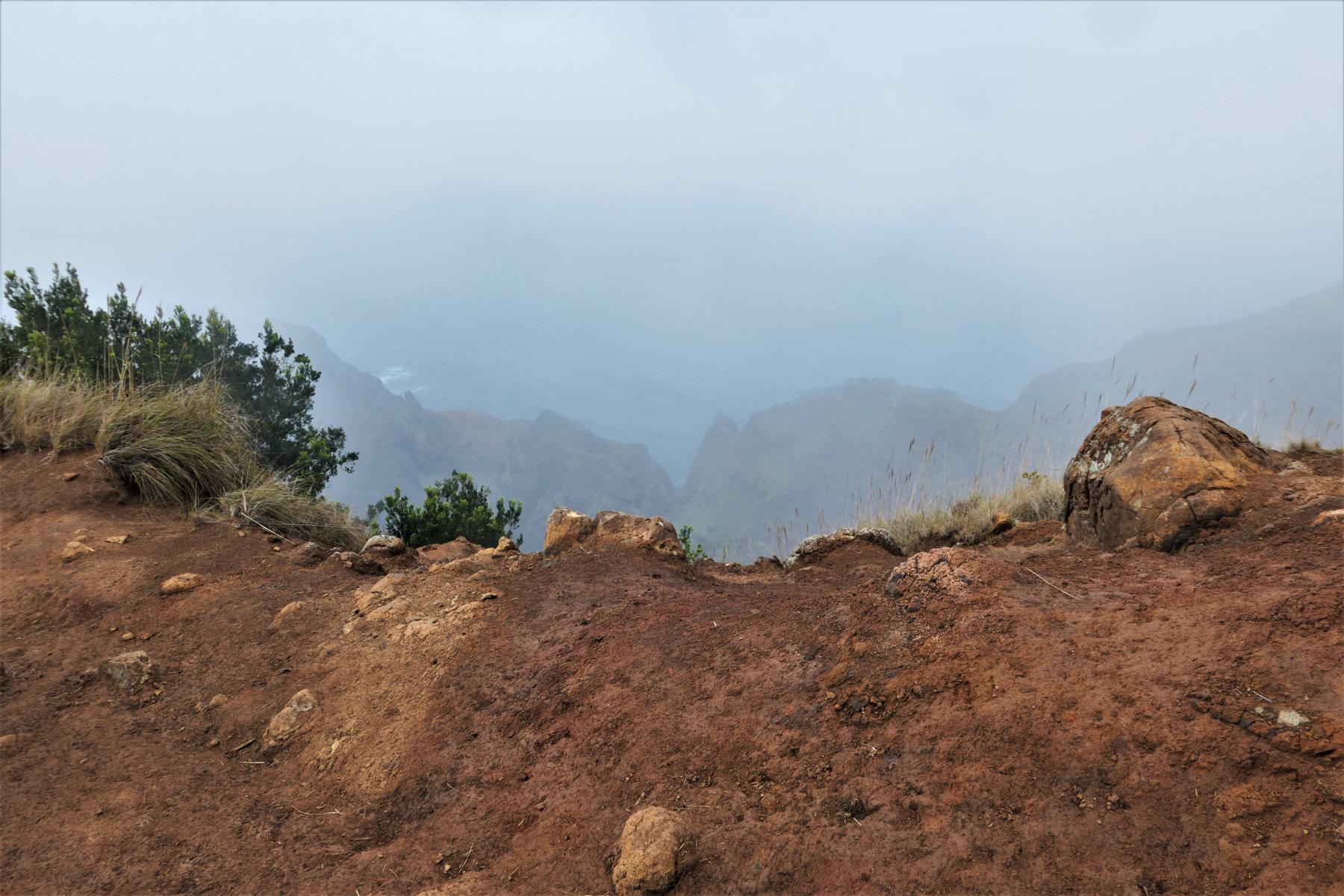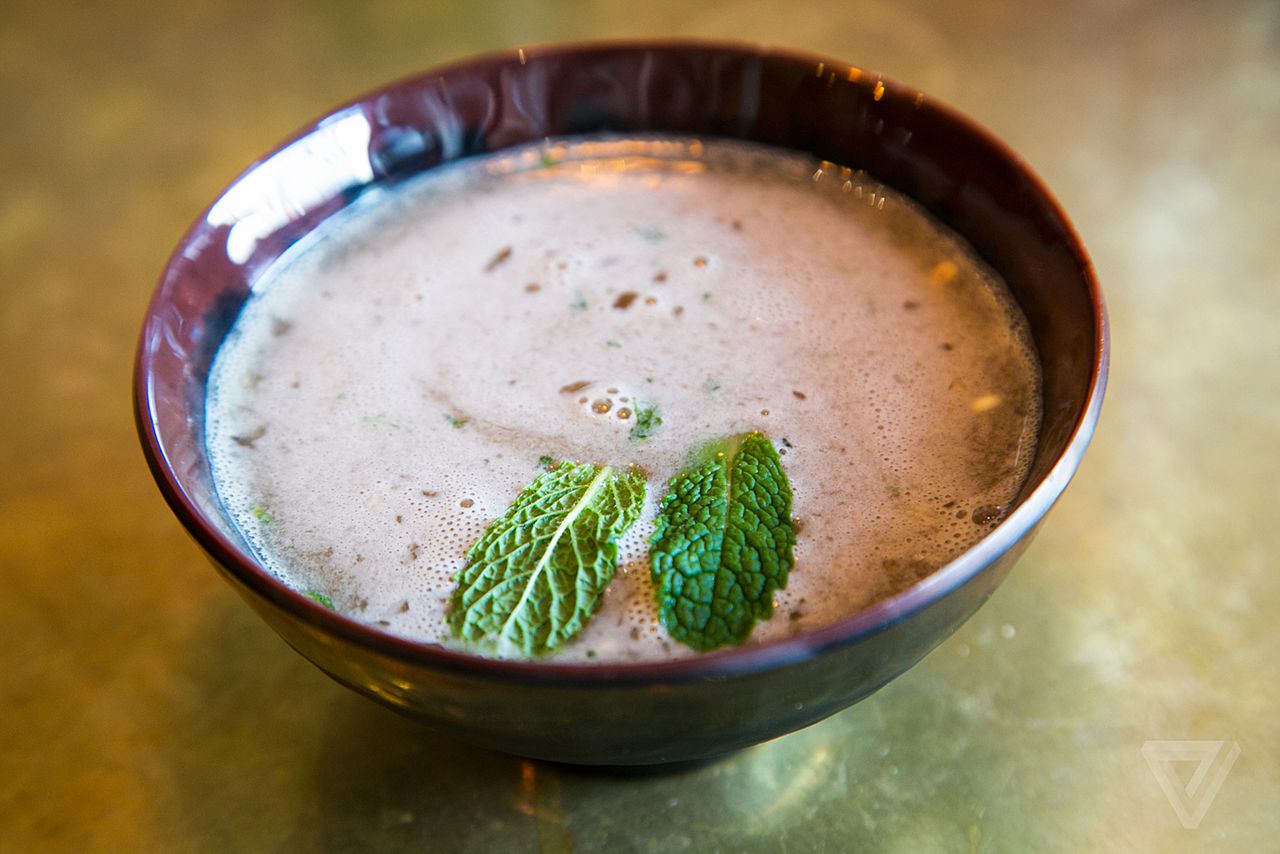


The kava cup consists of a half coconut shell and has an oval form. “It is seen as an embodiment of our akua, of Kāne especially, and so those connections even when their in the more social space are important so you don’t just kind of do anything with ʻAwa, you know, it’s always treated with some respect.Forster (according to Osiander - List 1812-1815)

People will just get together and drink ʻAwa,” says Kāwika.īut as Kāwika has made clear, in every occasion of ʻawa drinking, it needs to be respected. Ceremonially, traditionally today as well as more for just social purposes. “A lot of different people have a lot of different ways of using ʻAwa. So you have both that kind of ceremonial and social way of relaxing.”Īnd this relaxation aspect really clarifies the idea of using ʻawa for reconciliation and socializing. In addition, they would also be using it as offerings and prayers. “You also have accounts of just the every day makaʻāinana person, the farmer, the fisher using ʻAwa after a long day of work to relax. However, according to Kāwika, there were other occasions too. “Different chants tell, and different stories tell of their travels around the islands where Kāne with his ʻōʻō creates the pūnāwai, the springs where they mix the ʻAwa and drink it there”ĭue to its significance to our gods, it was used in important gatherings and for medicinal purposes. ‘Awa is respected in the Pacific for tis relationship to the gods, especially in Hawai’i with Kāne and Kanaloa. A lot of people now know it as Kava, in Hawaiʻi it’s ʻAwa,” says Ty Kāwika Tengan, Associates Professor of Ethnicities and Anthropology at the University of Hawaiʻi at Mānoa. “It has different names across the Pacific. “He kumulau ia o ko kākou akua ʻo Kāne no laila pono e mālama ʻia kona koʻikoʻi a mahalo ʻia, ʻaʻole hiki ke hana wale me ka hōʻihi ʻole i nā akua.” Inā paha ma ka ʻaha e like me ka wā kahiko a i ʻole no ka hoʻonanea, ua inu ʻia no ka launa pū,” wahi a Kāwika.Īkā e like me ka mea i hoʻākāka ʻia e Kāwika, ma nā ʻano pōʻaiapili like ʻole o ka inu ʻAwa ʻana, ua pono kona mālama kūpono ʻia. “Nui nā pōʻaiapili ʻokoʻa i inu ʻia ka ʻAwa. Akā ʻoiai ua inu ʻia no ka hoʻonanea ʻana, ua mālama kūpono ʻia kēlā ʻaoʻao hoʻomana kekahi.”Ī ʻo kēia ʻaoʻao o ka hoʻonanea ʻana, he mea nui ia ma ka hoʻākāka ʻana i ka noʻonoʻo ma ka hoʻoponopono a i ʻole paha no ka hoʻokamaʻāina ʻana me ka malihini a hiki loa i kēia lā.

“Ua inu ʻia e nā makaʻāinana ma hope o ka mahi ʻai a mahi iʻa ʻana kekahi. “Ua ʻike ʻia ma nā mele kahiko no ka holo ʻana o ia mau akua nei, keu hoʻi ʻo Kāne me kāna ʻōʻō e hoʻohui i ka ʻAwa ma nā pūnāwai e inu.”Ī ʻoiai he mea inu ia o nā akua a puni ka Pākīpka, pēlā nō i mālama like ʻia kona nui koʻikoʻi ma nā ʻaha a me ka lapaʻau ʻana e ko kākou mau kūpuna.Īkā wahi a Kāwika, ua loaʻa pū kona wā ma waho o nā ʻaha kekahi. ʻO ka ʻAwa, he mea kanu i hoʻomana nui ʻia e nā kānaka a puni ka Pākīpika no kona pilina i nā akua keu ho’i ma Hawai’i no Kāne me Kanaloa. “Kamaʻāina ka poʻe i kēia mea ʻo ke Kava, a ma Hawaiʻi, ʻo ia hoʻi ka ʻAwa,” wahi a ka polopeka o ka huli kanaka ma ke kulanui o Hawaiʻi ma Mānoa.


 0 kommentar(er)
0 kommentar(er)
